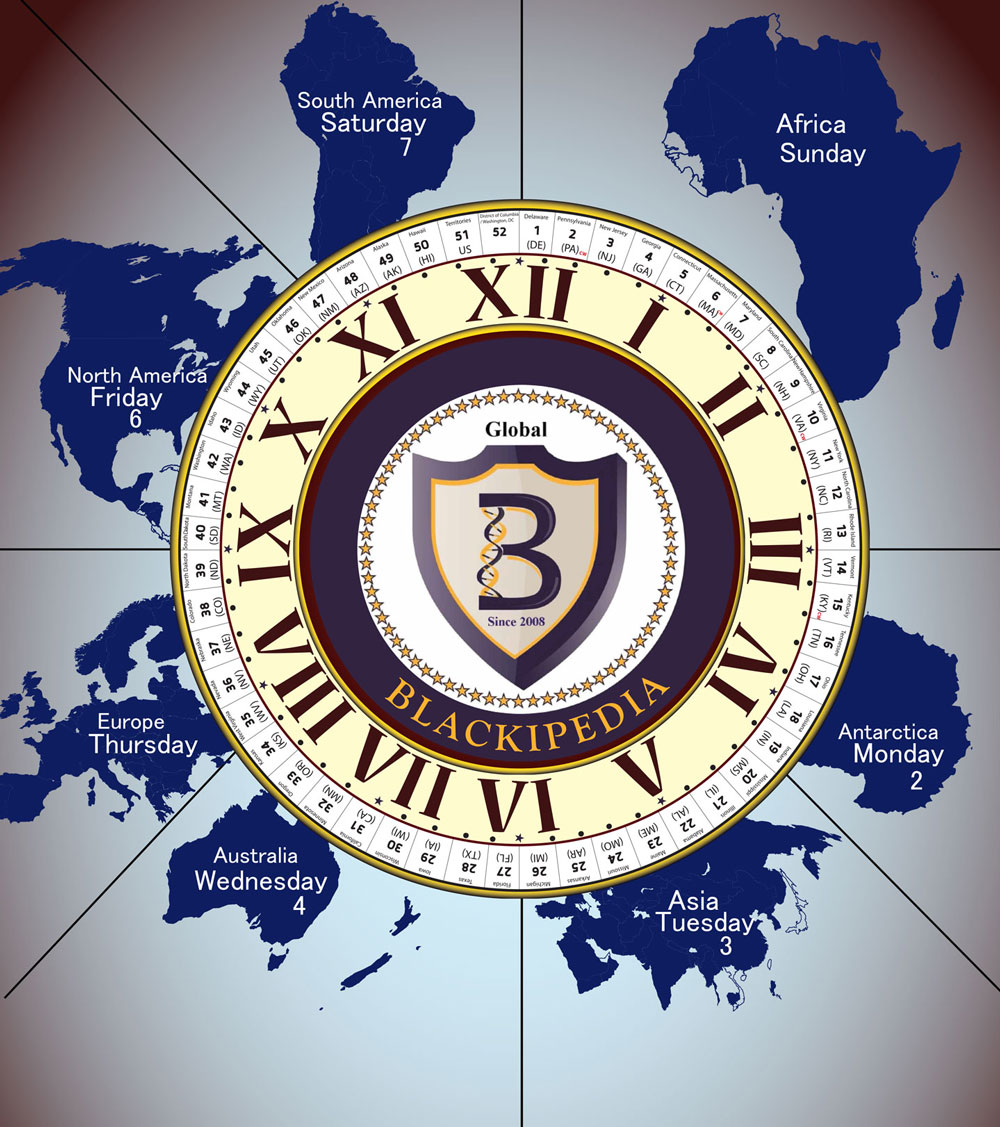Solomon Bayley was born into slavery in 1771 and is one of the first to write his own slave autobiography. A Narrative of Some Remarkable Incidents in the Life of Solomon Bayley, Formerly a Slave in the State of Delaware, North America. This was comprised of letters written to a friend of his, Robert Hunard, who had them published in London in 1825. Hunard wrote a preface in the autobiography, informing the readers that the book is made up of letters written over several years. Hunard acknowledges they were not all in chronological order. Bayley’s strong faith and religious beliefs are evident throughout the book. He tells his story of his struggles and the faith he had that helped him through.
Bayley’s grandmother was from Guinea, where she was sold as a slave at the young age of 11 and sent over to America in 1690. She served as a slave to a cruel family in Virginia, where she had 15 sons and daughters.
Bayley’s mother had 13 children while under servitude for the same family. Her master died, and his daughter then owned her. Her mistress married and moved to Delaware taking Bayley’s mother with her. She gave birth to Solomon and lived in Delaware until the family was separated and sold to various slave owners. His father, sister Margaret, and Brother Abner were sold and moved to Long Island in the West Indies. His mother and one of Bayley’s younger brothers escaped and made it to New Jersey. 18 years passed by before Bayley saw his mother again, after becoming a freeman.
When his family was sold, and separated, Bayley remained in Delaware, where he trained as a cooper. In 1799 Bayley was sold to a man in Virginia. At this time, a law made it illegal to sell a slave in Delaware to another state. Bayley was sold despite the law. During his transport to Virginia, he escaped and began his journey back to his wife and son in Delaware.
Bayley returned to Delaware and saw his family but did not stay long out of fear that it was not safe. He moved on to Dover and then south to Camden, Delaware. Before his capture, Bayley had worked and saved money to pay a lawyer. He filed a lawsuit for his freedom on the grounds of being illegally sold to an out-of-state owner. Once captured, his master allowed him to buy his freedom for $80. Bayley accepted the offer and dropped the lawsuit. He worked and was able to get the money together in a shorter amount of time than that given to him by his master.
Once he was a free man, he began to work on buying his wife’s freedom. A Delaware planter owned Thamar and their infant daughter Margaret. Thamar’s owner offered for Bayley to buy her freedom for $100; he did not have enough money at the time. Bayley came up with a temporary solution. He paid for her time by “hiring her out” from her master. This allowed him to keep her and Margaret with him. A year went by, and Bayley went to pay for her hire again. When he arrived, others were there, and they urged him to buy his wife at once. Her master then offered to enter an agreement where Bayley would pay for her hire and then buy her for $100. They had this offer documented as a written agreement. Bayley also had the amount he paid and what was due added to the document. Bayley purchased his wife for $103.
Bayley and his wife worked as tenant farmers, and Bayley worked at a sawmill for extra money. Their son Spence who previously had been sold, was to get sold again after his master’s death in 1813. Bayley attended the auction where Spence was being sold, even though he was doubtful that he could buy him. Spence appraised previously for $400, and Bayley only had half of that. At the auction, Bayley spoke with two white gentlemen that he knew from the Methodist church. With their help, Bayley was able to buy Spence for $360.
In 1817 the American Colonization Society was established. This organization supported free African Americans to emigrate to Liberia, a new colony in West Africa. In 1827, after Bayley’s children were grown, he and his wife emigrated to Africa. They resided in a small settlement near Monrovia. Bayley worked as a farmer and served as a Methodist missionary. In 1833 Bayley published another book, titled A Brief Account of the Colony of Liberia. This book discusses his emigration to Africa and the colony.
Solomon Bayley’s story from slavery to freedom is well known in Delaware. His story was unfolding at the time Delaware was entering the union. On December 7, 1787, Delaware became the first state to join the union. After becoming a state, many questions needed answers regarding slavery, manumission, colonization, and the status of free black men.
In 1787 the Delaware General Assembly banned the exportation of slaves to the Carolinas, Georgia, and West Indies. In 1789, the list expanded to include Maryland and Virginia. This ban opened an opportunity for slave nappers. These slave nappers even kidnapped free blacks and sold them as slaves, as told in Bayley’s story. In 1788 The Delaware Society for Promoting the Abolition of Slavery was founded mainly by Quakers. Founded in the same year was the Delaware Society for the Gradual Abolition of Slavery. Both organizations worked to protect free blacks from kidnapping. They also encouraged slave owners to free their slaves.
References:
Bayley, S. (1825). A narrative of some remarkable incidents in the life of Solomon Bayley: formerly a slave in the state of Delaware, North America. London: Harvey and Darton.
Dalleo, Peter T. (1997), “THE GROWTH OF DELAWARE’S ANTEBELLUM FREE AFRICAN AMERICAN COMMUNITY”, in A HISTORY OF AFRICAN AMERICANS OF DELAWARE AND MARYLAND’S EASTERN SHORE, edited by Carole Marks, Wilmington, Delaware: University of Delaware, 1997

